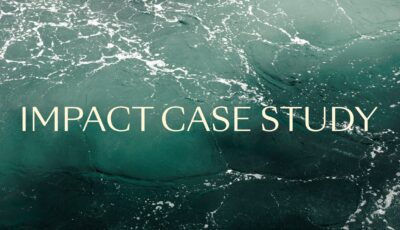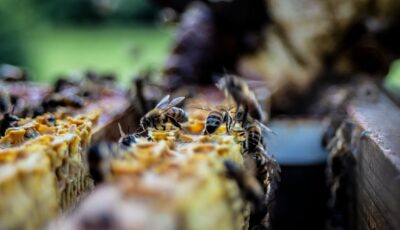Plateful: Helping good food find its way to the plate
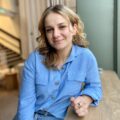
Plateful collaborates with players across the food system to ensure more of our available food resources end up on people’s plates.
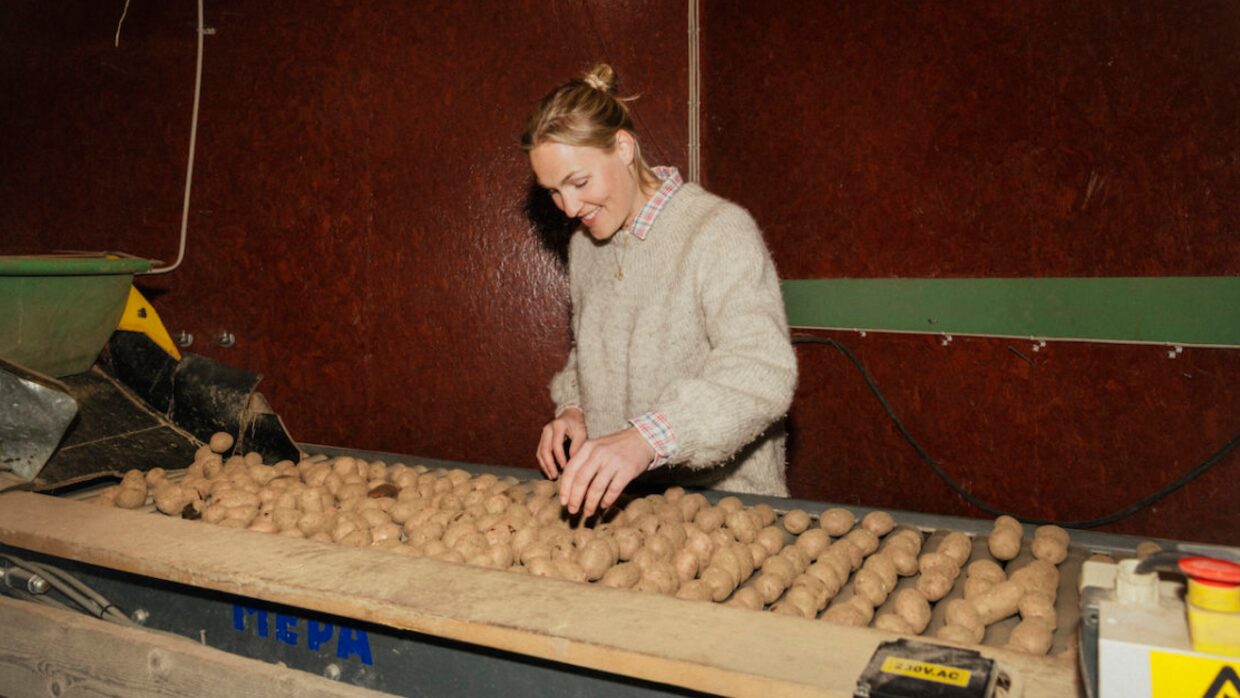
The challenge: Food waste in a world that needs more food
While millions suffer from acute food insecurity, more than one-third of all food produced globally goes to waste. In 2019 alone, 30% of agricultural resources and 6% of all water used went into growing food that was never eaten.
While climate events like floods or droughts can lead to food loss during production, much of the waste happens after harvest. This is often due to unfit regulations, market imbalances, or a lack of awareness. Farmers may be led to discard edible food because of cosmetic imperfections or sudden drops in demand. Parts like peels or animal cuts are frequently thrown away during processing. This is an incredible waste of valuable resources.
In Plateful’s home country, Norway, 450,000 tons of food are wasted annually, representing 1.07 billion meals that were never eaten. The cost? Over NOK 20 billion and 1.26 million tonnes of CO2e emissions. This is striking in a country that imports much of its food and where many farmers struggle to stay financially afloat.
This is not unique to Norway: globally, half of food waste happens in households, but manufacturers, retailers, and the hospitality industry account for the rest. To cut food waste by 50% by 2030, Norway is looking at making businesses donate or discount unsold edible food instead of discarding it. Here, Plateful provides the infrastructure, tracking systems, and buyer networks needed to make food reallocation viable, showing what’s possible when practical tools meet policy ambition.
Plateful’s recipe for change
The vision: Getting all food to the table. Plateful sees unused food not as waste, but as an opportunity. All edible food should be used to its full potential! By enabling improved connectivity in the food value chain, chefs and food lovers can source and transform unloved, high-quality products.
How they work: A partner in the middle of the value chain. Plateful acts as a bridge, buying unsold food from trusted suppliers and delivering it to customers across Norway, from Oslo to Kirkenes.
Plateful has created a platform tailored for the HoReCa sector, allowing chefs in hotels, restaurants, and canteens to order high-quality ingredients that didn’t make it through the standard supply chain. These might be items that regular consumers overlook, with short shelf lives, odd sizes, or overstock, but that professional chefs can make wonders of.
Plateful’s 14,000 customers gain access to competitively priced, high-quality ingredients while demonstrating a real commitment to more circular food systems. Key clients include Strawberry Hotels, Thon Hotels, and Hurtigruten, as well as others who have been with Plateful since the beginning.
Plateful offers suppliers a simple way to turn surplus into value: saving time, cutting waste, and creating a revenue stream. Today, over 100 producers, manufacturers, and wholesalers are working with Plateful to manage 86,000 tons of surplus food while generating reports to ensure compliance.

In conversation with Plateful Founder and CEO, Lars-Kristian Leiro
As the push for more sustainable food systems gains momentum, we checked in with Lars-Kristian Leiro, Founder and CEO of Plateful, to hear how 2024 unfolded.
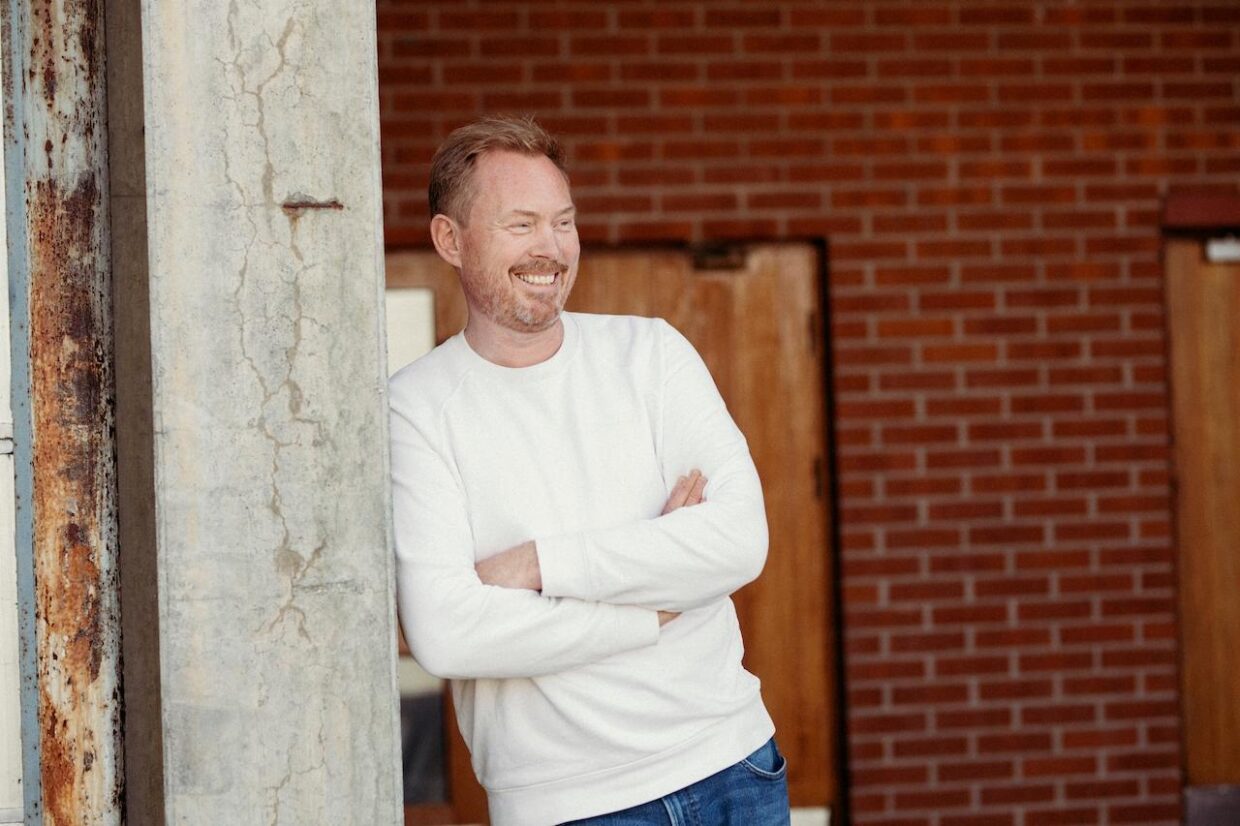
What has your collaboration with Norselab brought to the table?
When Norselab came on board in 2021, it gave us the push we needed to build our digital platform. That was a big turning point: It helped us manage the flow of available food more efficiently and scale operations. They also supported our rebrand from Verdimat to Plateful, a name and identity we love that supports international growth.
What were some exciting developments in 2024?
One of the most exciting things was expanding our focus on circularity. In addition to reallocating available food, we transform it into new products: upcycled, nutritious, and without additives. For instance, we have made sorbet from fruit in Hardanger and kombucha from berries, and we’re now developing meatballs from meat offcuts, boosted with shio koji, a fermented sake by-product from Japan. It’s all about making the most of what we already have!
We were also honored to receive the “Kutt Matsvinn” (“Cut Food Waste”) award — a national recognition from Matvett. It’s awarded to players across the food industry who take measurable steps to prevent food waste across the value chain. That validated our work of taking concrete, data-driven action to reduce waste, especially since major wholesalers were among the winners.
What’s on the menu for 2025?
We will continue to build stronger data systems with our suppliers and partners to improve impact data. We want to track exactly how much food we’re saving and how many meals and avoided emissions that represents. Understanding the climate impact of each item is key for partners and policymakers to make more intelligent decisions and to convince more people to make sustainable choices.
We don’t just work behind the scenes – we want to make the story visible. Through a campaign called “Redd Meg” (“Save Me”), each product gets to tell their unique story, through marketing. For instance: “Save me! I recently switched distributors, which often leads to extra inventory that needs to be cleared. I’m still the same great product.” The goal is to build pride and awareness across the value chain and show chefs, kitchen staff, and procurement teams that they are part of the solution.
Plateful’s work shows that preventing food waste isn’t just the right thing; it’s practical, profitable, and scalable. By making better use of what we already have, they’re helping to build a more sustainable food system — one plate at a time.
This piece was originally published in our 2024 Meaningfulness Report.
